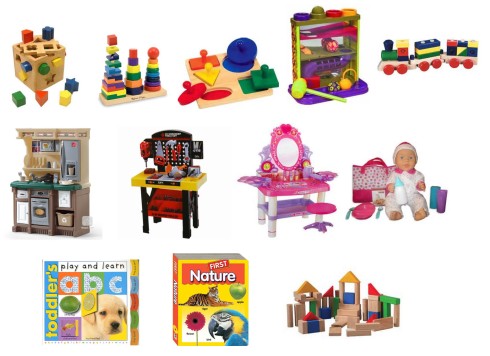Another theme I keep reading about from those who hate ABA is that it produces overly compliant people who are subject to all kinds of victimization because they have not been taught to say “no”. It “strips” people of their voice by insisting on compliance.
First, I’d like to say that where I work it is almost 100% guaranteed that my learners will have a refusal language goal. (The main exception to this is when the child already has a refusal language repertoire). In other words, one of the first things we work on with most of our learners is saying “no” or “stop” or “all done”. And when first targeting this goal, these requests are put on a Fixed Ratio 1 schedule of reinforcement (ie: they are reinforced every time).
Now, once this skill emerges we shift the reinforcement to something more variable. The child no longer gets to be “all done” every time they ask for it. Maybe instead they have to do 1 more task, then all done. And after that maybe they have to complete 2 more tasks, then all done, etc etc. The idea being that yes, it is important for a person to know they have a right to refuse things, especially the older they get. But, it is also important for them to know that sometimes you don’t get your way…and that’s okay.
I’ve read a lot of posts with people arguing that kids in ABA should ALWAYS have the right to refuse something.

Now, before you start getting riled up that I’m opposing this idea…hear me out…
Do I think all people (autistic or not) deserve the right to refuse things that harm them? Absolutely. And do I believe that some people have genuinely been injured (emotionally, physically, sexually) as a result of over-compliance? Absolutely.
But, do I think that kids in ABA should be able to say “no” to something just because they don’t like it, and it should be reinforced every time? No. I’m sorry, but no.
Typical kids don’t get to refuse things they don’t like, why would autistic kids have it any different?
Typical kids go to school, sit in their chairs, do their math worksheet, line up when the bell rings, etc. Typical kids have to make their bed, wash their hands before dinner, eat their vegetables, share with their siblings, put away their toys, etc. They follow rules and when they choose not to, they face the repercussions.
That’s how the world works for adults, too…We all have to do things we don’t want to do! And, when we make the choice to NOT do those things, we face the ramifications.
If we taught autistic kids that saying “no” or “all done” ALWAYS got them what they wanted…would that really be beneficial to them? I challenge you to really ponder this.
I would say NO. A loud, resounding, NO! This is actually extremely detrimental to them.
If we instill the belief that THEY make all the rules, that they call all the shots, these kids will be in for a rude awakening when they enter a society where teachers, bosses, law enforcement, and government officials actually make the rules. Sure, the autistic person can always choose not to follow the rules…they can choose to refuse the rules…but they will face consequences.
Just think about how far-reaching this is.
Their diets, their self-hygiene, their education, their lifestyle, their housing, their ability to earn a living, their ability to form relationships.
What if they refuse to eat? What if they refuse to wait for the cross walk sign to change before walking into the street? What if they refuse to leave a place at closing time? What if they refuse to pay for something before walking out of the store with it? What if they refuse to keep their hands to themselves? What if they refuse to wear clothes? I could go on and on with examples!!
There are REAL LIFE consequences for refusing to comply… incarceration, financial penalties, health issues, and even death!
Teaching people to say “No” is an important skill and is vital for ensuring one’s self-defense and dignity. BUT, teaching people to comply with things they don’t necessarily like is equally vital. The balance is teaching when it’s okay to refuse and when the consequences of refusing outweigh the benefit. When I hear parents say that being forced to do something the kid doesn’t want to do (ie: finish a task) is “abusive” and “strips” the child’s dignity or ability to be heard….I have to disagree. Teaching a child to do things he or she doesn’t want to do (ie: completing a task) is imperative for success in all aspects of life. While we want to make sure we are not creating blind compliance that may lead to being abused or taken advantage of, we also want to make sure our kids are prepared for a world that doesn’t revolve around them and their every desire. Teaching a person to accept this reality is one of the most loving things I can think of, because it sets realistic expectations and helps them navigate through this world we live in; a world with rules and regulations.
Tags: aba, ASD, autism, behavior analysis, compliance, obeying, refusing, rules, saying no







